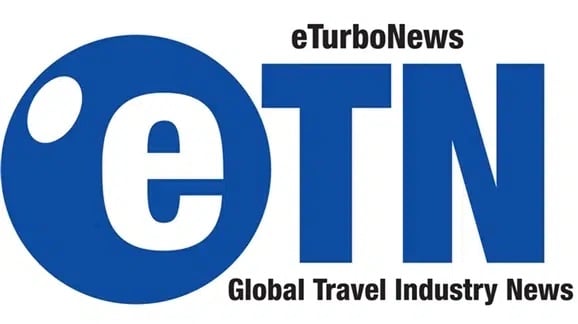This is a positive sign for the tourism sector, as it indicates a recovery definitive of incoming and outgoing on the Asian market which in recent years has struggled to return to normality.
In fact, it seems, indicates Roberto Necci, President of the Federalberghi Rome Study Center, that the Far East is the tip of the balance for tourist flows, despite international tensions, particularly in the Middle East and in the Russia-Ukraine region, where tourism is returning to normal.
UNWTO also reported that in 2023, 1.3 billion tourists traveled abroad, representing a 44% increase compared to 2022. This figure is significant, given that it is equivalent to 88% of the level recorded in 2019, the year before the COVID-19 pandemic and now considered the reference year for all historical series.
This recovery in international tourism can be attributed to several factors.
They include the economic recovery in many parts of the world and the growing confidence of travelers to return to explore new places.
However, it is important to carefully monitor the geopolitical situation and other factors that could influence the tourism sector over time as experience has taught that geopolitical, social, and health problems can arise suddenly and without any foreseeability.
Italy, one of the main tourist destinations in the world, could attract a greater number of foreign visitors, presumably exceeding the numbers of 2019.
It should be remembered, however, that on the one hand there are the numbers and the newfound confidence on the part of travelers, on the other there must be the ability of the territories and companies to manage these flows.
The territories will have to guarantee an experience capable of generating appreciation functional to the promotion, and on the company side a professional management capacity must be set up with two essential objectives – making the experience during the stay positive and generating profit from company management.



